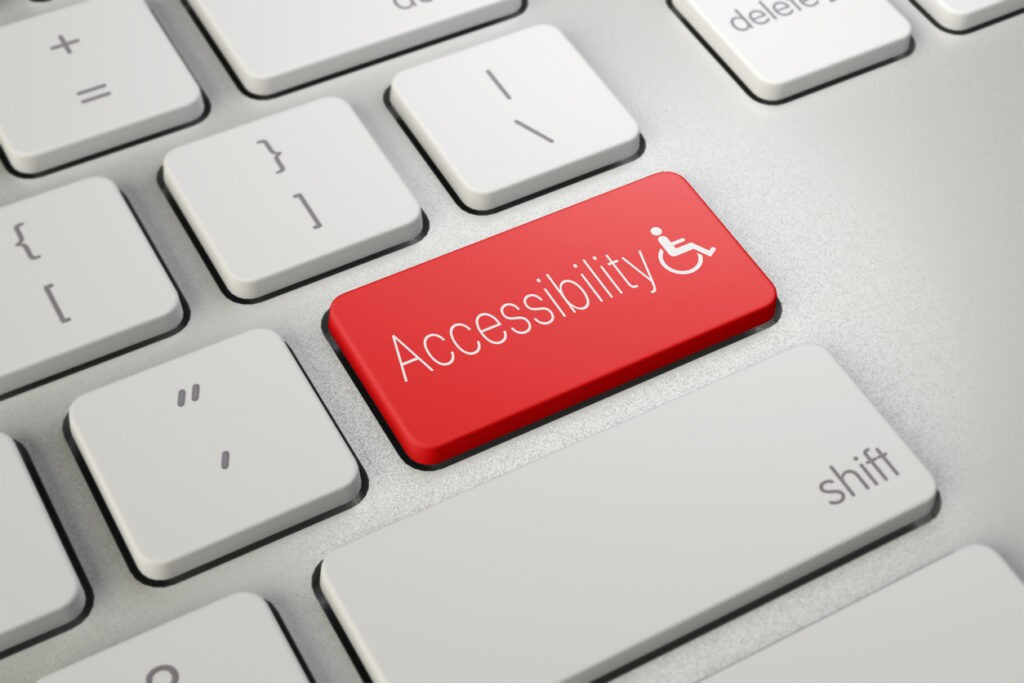In the ever-evolving landscape of web design and development, staying abreast of current trends is essential for creating engaging and innovative digital experiences. As we enter 2024, several trends have emerged that are shaping the way websites are designed and developed. In this blog post, we’ll explore some of the most prominent trends in web design and development and discuss how they are influencing the creation of modern websites.
Responsive and Mobile-first Design:
With the increasing prevalence of mobile devices, responsive and mobile-first design has become a standard practice in web development. Websites are now designed with mobile users in mind, ensuring that they are optimized for viewing on a variety of devices and screen sizes. This trend emphasizes the importance of a seamless and consistent user experience across all platforms, from desktop computers to smartphones and tablets.
Minimalism and Simplified Design:
Minimalism continues to be a popular design aesthetic in 2024, with many websites opting for clean, simple layouts and streamlined user interfaces. This trend emphasizes clarity and functionality, with an emphasis on removing unnecessary clutter and distractions to focus on the content and core features of the website. Minimalist design principles often prioritize whitespace, typography, and intuitive navigation to create a visually appealing and user-friendly experience.
Dark Mode and Light-on-Dark Color Schemes:
Dark mode, or light-on-dark color schemes, has gained popularity in recent years as an alternative to traditional light backgrounds. Light-on-dark color schemes not only reduces eye strain in low-light environments but also adds a sleek and modern aesthetic to websites. Many websites now offer a dark mode option for users to toggle between light and dark themes, providing greater flexibility and personalization.
Microinteractions and Animation:
Microinteractions and animation play a crucial role in enhancing user engagement and creating immersive digital experiences. From subtle hover effects and animated transitions to interactive elements and dynamic illustrations, microinteractions and animation add depth and personality to websites. This trend emphasizes the importance of delighting users with engaging and interactive elements that respond to their actions and behaviors.
Accessibility and Inclusive Design:
Accessibility and inclusive design have become increasingly important considerations in web design and development. Websites are now designed with accessibility in mind, ensuring that they are usable and navigable for all users, including those with disabilities. This trend emphasizes the importance of following web accessibility standards, such as the Web Content Accessibility Guidelines (WCAG), to ensure that websites are accessible to everyone, regardless of their abilities or impairments.
Voice User Interfaces (VUI) and Conversational Design:
With the rise of voice assistants and smart speakers, voice user interfaces (VUI) and conversational design have become emerging trends in web development. Websites are now integrating voice-powered features and chatbots to provide users with more intuitive and natural interactions. This trend emphasizes the importance of designing conversational interfaces that mimic human conversation and anticipate user needs.
Conclusions:
The field of web design and development is constantly evolving, with new trends and technologies shaping the way websites are created and experienced. From responsive and mobile-first design to minimalist aesthetics and dark mode, current trends in web design and development reflect a focus on usability, accessibility, and innovation. By embracing these trends and incorporating them into their projects, web designers and developers can create modern and engaging websites that meet the evolving needs of users in 2024 and beyond.





